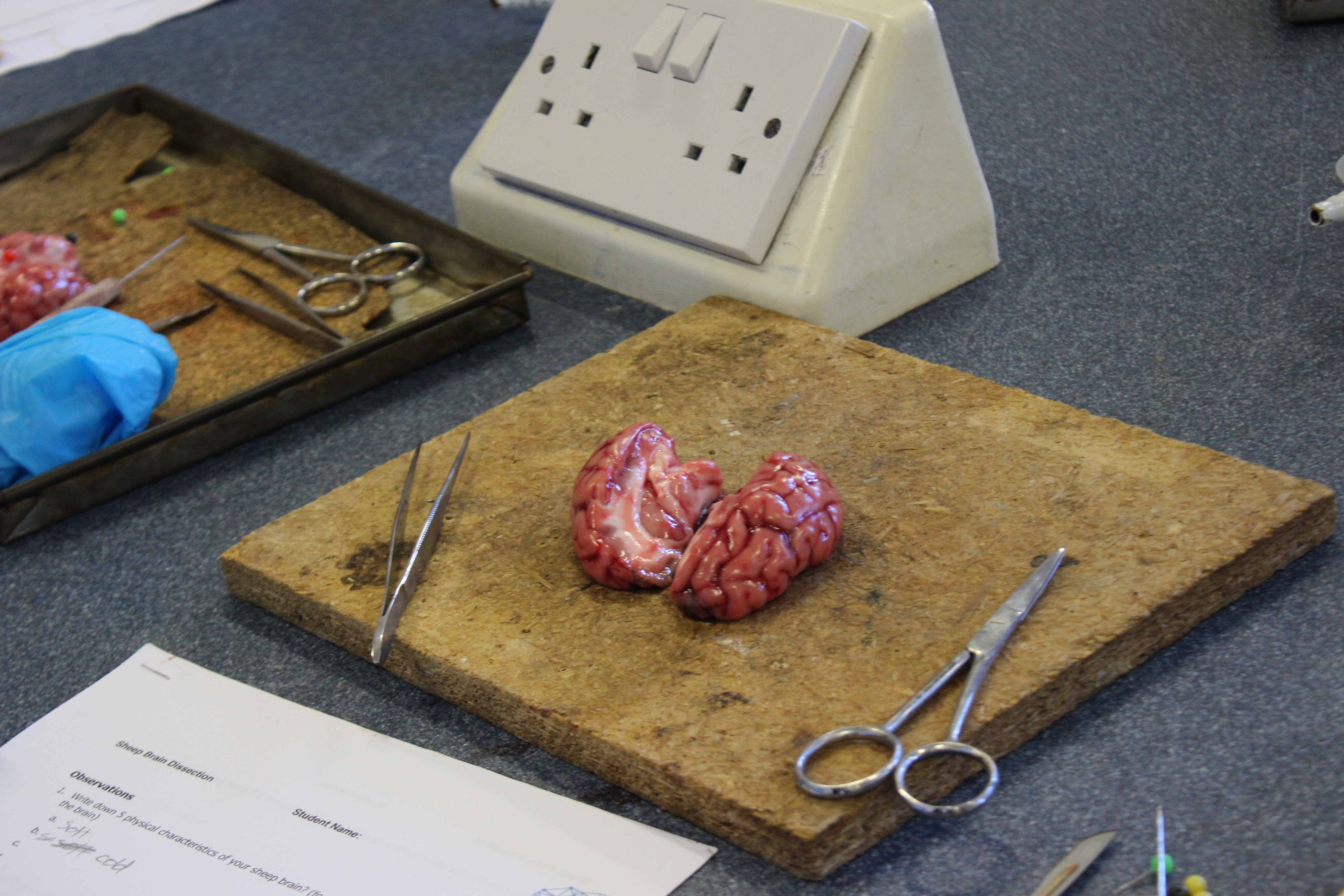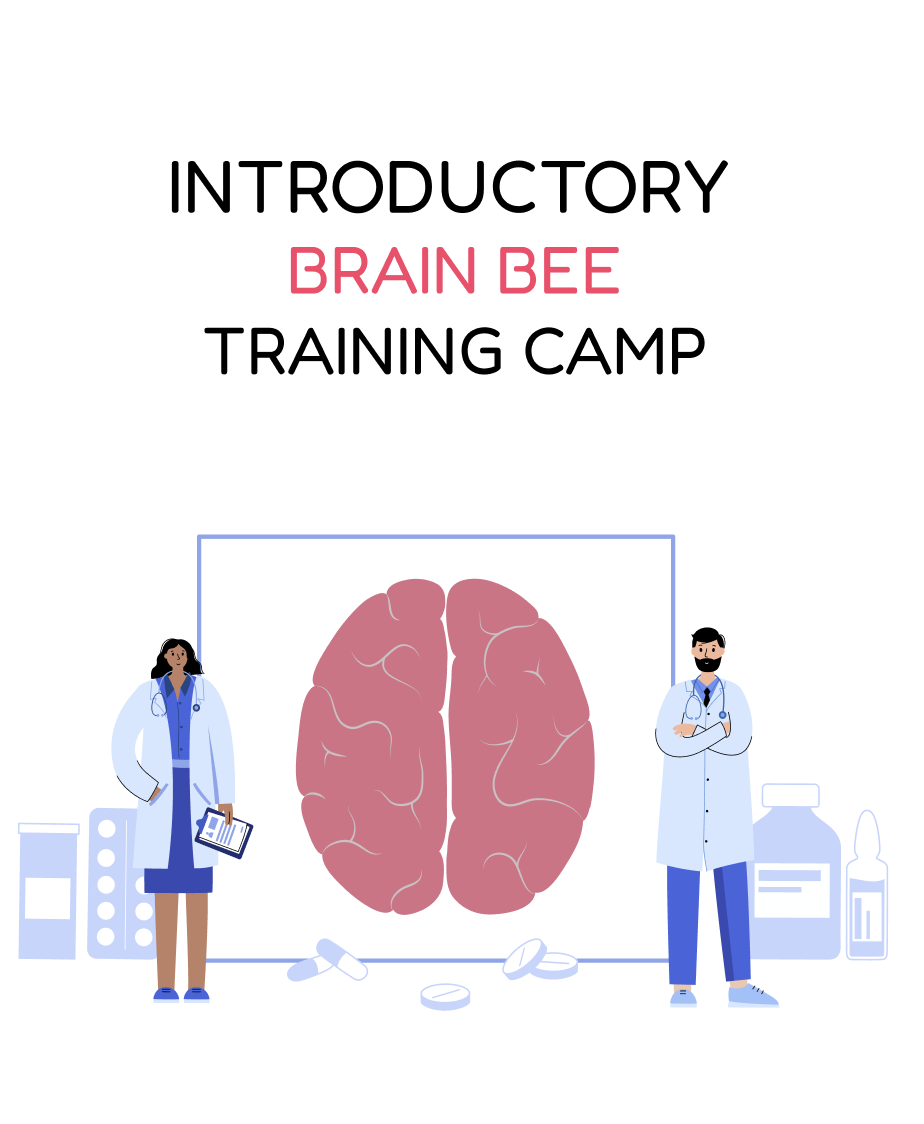The International Brain Bee (IBB) is a global neuroscience competition designed for high school students, with the primary goal of encouraging interest in the brain sciences and inspiring future careers in research and clinical neuroscience. The competition promotes understanding of the human brain, including its functions, disorders, and the technologies used to study it.
Established in 1998 by Dr. Norbert Myslinski of the University of Maryland, the IBB began with a dozen local chapters in North America. Since then, it has expanded significantly, now comprising over 160 chapters across more than 40 countries and six continents. Each year, approximately 30,000 students participate, progressing through local, national, and international levels of competition. The international championship is organized under the International Brain Bee Consortium, which includes leading neuroscience and psychology organizations such as:
-
American Psychological Association
-
Dana Foundation
-
Federation of European Neuroscience Societies
-
International Brain Research Organization
-
Society for Neuroscience
Participants are typically supported by local coordinators—many of whom are neuroscientists, educators, or outreach professionals based in universities, schools, museums, and scientific institutions. The competition garners wide media attention, and winners are often recognized by government and diplomatic figures. Many past participants have gone on to pursue careers in neuroscience, psychology, medicine, and biomedical research.
To prepare, students study a standardized set of freely available educational materials translated into over 20 languages. Topics covered include sensory systems, cognition, emotion, motor control, and consciousness, as well as neurological disorders such as Alzheimer’s disease, autism, and addiction. The IBB also explores experimental techniques and diagnostic tools used in neuroscience.
While the core format is based on oral questions, advanced levels may include hands-on components such as neuroanatomy labs, microscope-based histology, clinical case evaluations using simulated patients, and interpretation of neuroimaging data.
The IBB operates as a non-profit, grassroots initiative, primarily funded by private donations and supported by a broad network of academic, scientific, and educational institutions. Championships are often hosted in conjunction with major scientific conferences such as those organized by the APA, IBRO, CAN, and others.
The IBB continues to grow as a platform for academic excellence and international collaboration. Educators and institutions are encouraged to establish local chapters, and students are invited to participate in what is not only a rigorous competition but also a rewarding introduction to the frontiers of neuroscience.
FORMAT

Written MCQ Challenge
Written Response Section
In this portion of the competition, students will be required to provide short written answers. These may involve composing brief explanations or labeling anatomical structures on a diagram.
Examples:
-
Example 1: Which ion channels open first during the initiation of an action potential?
-
Example 2: Identify the missing structures in the diagram of the human eye.
Diagram-based questions will be limited to illustrations found on pages 3–5, 14–15, 20, and 39 of the resource booklet Neuroscience of the Brain. Questions will focus on content knowledge rather than historical context—students will not be tested on specific scientists, landmark experiments, or historical developments.
The specific reading material for this section may vary depending on the stage of the competition, and students should be prepared to reference different recommended texts accordingly.
Live Q&A
Short Answer Section
In this section, students will respond individually to direct questions. Answers should be concise, typically ranging from one to three words or a short phrase.
Examples:
-
Example 1: What is the name of the major fiber tract connecting the two cerebral hemispheres?
Answer: Corpus callosum -
Example 2: What is the name of the test used to assess tactile sensitivity across different regions of the body?
Answer: Two-point discrimination test


PATIENT DIAGNOSIS
In this part of the competition, students will be asked to identify a neurodegenerative disease based on observed symptoms. These symptoms may be presented either through a short video clip or via a live interview with a trained patient actor. Students are expected to be familiar with the neurodegenerative conditions listed in the official study materials.
The exact format of this section will vary depending on available resources. If conducted as an interview, each student will have 4 minutes with a patient actor. During this time, students may ask only yes-or-no questions in order to gather information and make a diagnosis.
ANATOMY AND HISTOLOGY
This section of the competition will require the students to be able to identify the structures in models or images of the central nervous system.
The neurohistology section of the competition will require the student to be able to identify different types of neural tissue from a histological photo. There will be photos, models, or microscope slides to identify the structures.

HOW TO PREPARE FOR THE BRAIN BEE?
All the questions of the regional competition will be drawn from Neuroscience: Science of the Brain (no questions will come from chapters 16 Artificial Brains and Neural Networks and 18 Neuroethics) and Brain Facts book.
For the national competition, the questions will come from Neuroscience: Science of the Brain (no questions will come from chapters 16 Artificial Brains and Neural Networks and 18 Neuroethics), Brain Facts book released by the Society for Neurosciences and Neuroscience: Exploring the Brain (Bear, Connors & Paradiso).
STUDY RESOURCES
Human neuroanatomy
The neuroanatomy competition consists of approximately 20 stations where brains, brain slices, or pictures of brains will be presented. The brains will have pins stuck in a particular part of the anatomy, and there will be questions at each station that ask for the name of the structure and/or the function of that structure indicated by the pin. Students will have approximately 2 minutes at each station to write down their answers. When time is up, a bell will ring, and each student will move to the next station. To prepare for this part of the competition, look for a human brain atlas and a textbook covering basic neuroanatomy.
Here are a few websites that might be useful as you study neuroanatomy:
http://www9.biostr.washington.edu/da.html
http://faculty.washington.edu/chudler/nsdivide.html (for kids, but a good start!)
http://www.med.wayne.edu/diagRadiology/Anatomy_Modules/brain/brain.html
http://library.med.utah.edu/WebPath/HISTHTML/NEURANAT/NEURANCA.html
http://www.getbodysmart.com/ap/nervoussystem/cns/brain/menu/menu.html
http://play.google.com/store/apps/details?id=org.dnalc.threedbrain&hl=en_GB
Sylvius software from Sinauer (http://www.sinauer.com/sylvius4/) (costs about $55)
3D map by Brain Facts (http://www.brainfacts.org/3D-Brain#intro=false&focus=Brain)
LIVE Q&A
Brain Facts present core neuroscience concepts in an understandable and interactive way.
A Glossary of Key Brain Science Terms is a list of definitions for common terms used when describing and discussing the brain and nervous system, produced by the Dana Foundation.
PATIENT DIAGNOSIS
There will be 5 to 10 descriptions of patients with neurological disorders. Students will be required to diagnose the neurological disorders by interviewing the patients. Students will spend about 5 minutes with each patient in a patient diagnosis room. The questions must be of the type that can be answered by “yes”, “no”, or “I don’t know”. The patients will not be allowed to provide any other answers than these. At the end of the 4 minutes, the student will record the diagnosis for that patient, and move on to the next patient.
To study for this part, check out the Medical Encyclopedia of Medline Plus, which can be found at the National Library of Medicine website: http://www.nlm.nih.gov/medlineplus/encyclopedia.html
REVISION TABLES
A comprehensive 44-page long revision table for the Brain bee competition which will help you learn the names of the drugs, signaling molecules including neurotransmitters and hormones, diseases and genes from both books that are essential for any Brain bee competition: The Brain facts book and the Neuoroscience: The science of the Brain.
BRAIN BEE TRAINING CAMPS

The goal of the Introductory Neuroscience Training Program is to prepare highly motivated students to learn more about the human brain and compete in the Brain Bee competition. This program consists of 9 weeks of intensive training to prepare students for the neurosciences competition exams. The students will follow an intensive curriculum prepared by experienced coaches. The classes will be held online on Zoom.
The Brain Bee is a neuroscience competition designed for high school students. Its aims are to inspire young learners to pursue a career in neurosciences and research and learn more about the brain. The Brain Bee is an international competition that takes place annually in many countries around the world. You can read more about different chapters at www.thebrainbee.org. The USA Brain Bee website is https://www.dental.umaryland.edu/brainbee/. The International Brain Bee website is https://www.thebrainbee.org.
OUR STUDENT ACHIEVEMENTS
COURSE KEY FACTS
Duration: 10 weeks (18 lessons + 2 extra sessions)
Schedule: Saturdays and Sundays at 11 am – 12 pm EST
Course cost: $900
Course start date: check at https://forms.gle/HQpFHxajZ5UCYYn86
Over the course of 10 weeks, students will cover all chapters from Brain Facts book which can be downloaded from https://www.brainfacts.org/the-brain-facts-book. The last week of the training camp will be allocated to intensive neuroanatomy, neurohistology and patient diagnosis training. The course also includes 1 final Mock Brain Bee exam.
All course participants will be able to access weekly quizzes, handouts and lecture presentations on Teachable.
We also offer an offline version of the camp. You can find all the details at: https://biolympiads.com/shop/introductory-brain-bee-course-recordings/.
If you have any questions, contact us at camps@biolympiads.com
Biolympiads.com has no affiliation or association with any Brain Bee competitions.




